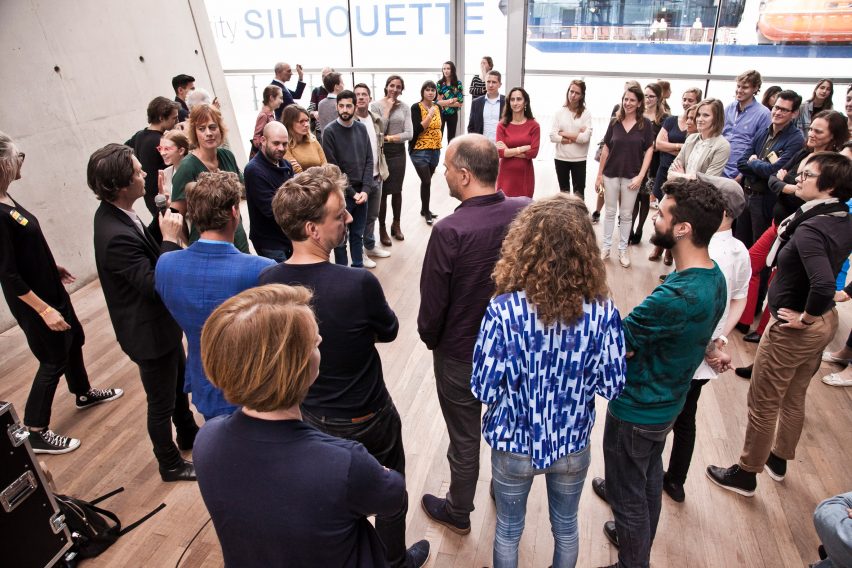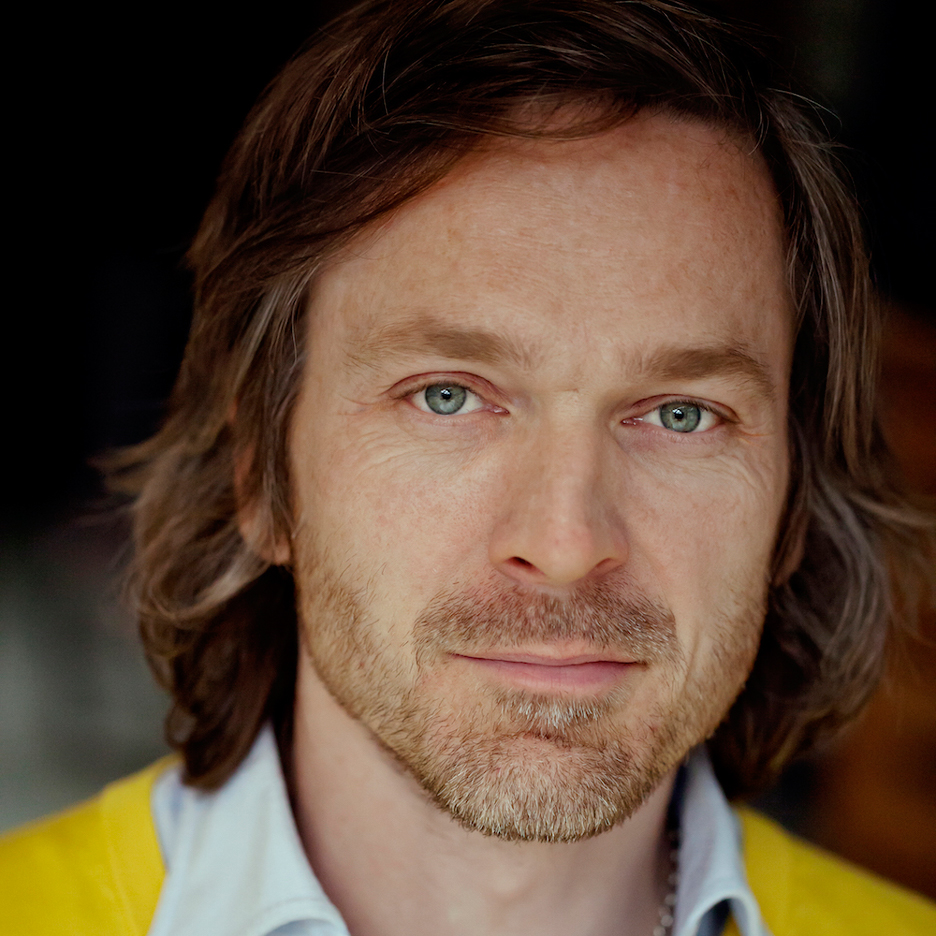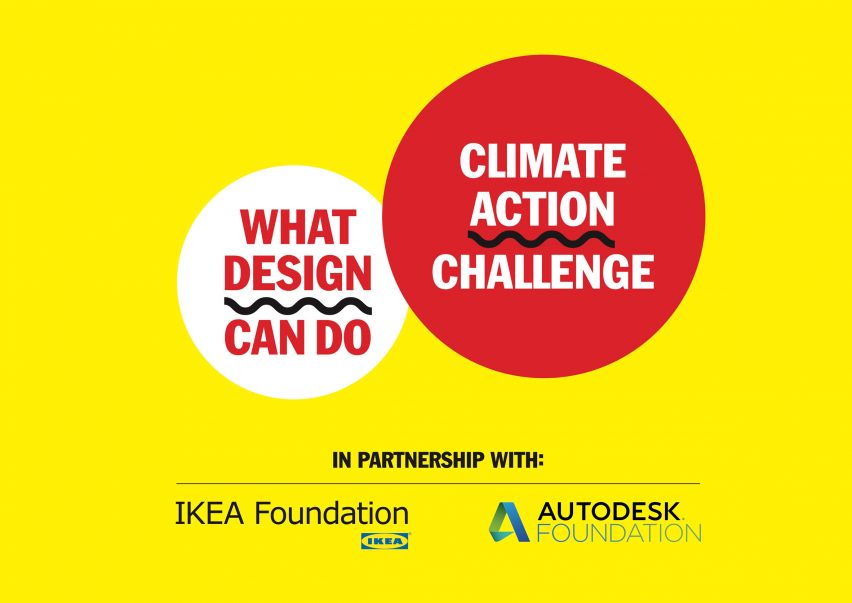
What Design Can Do conference to explore design-led solutions to climate change
Dezeen promotion: architects, designers and environmental experts will propose answers to the issue of climate change at the annual What Design Can Do conference in Amsterdam this month.
Canadian designer Bruce Mau, IKEA's head of design Marcus Engman and former Mexico City mayor Marcelo Ebrard are among the diverse roster of speakers for WDCD Live, which takes place at the Muziekgebouw aan 't IJ on 23 and 24 May 2017.

Along with Pentagram's Harry Pearce, critic Alice Rawsthorn and architect Marko Brajovic, they will each explore how design can make a difference to climate change, "the most pressing problem of our age".
The event will also mark the launch of this year's WDCD Climate Action Challenge, which calls for designers around the world to develop innovative solutions that could significantly reduce the environmental impact of climate change.

"Climate change is a huge and extremely important subject that needs to be addressed by the creative community," said Richard van der Laken, co-founder and creative director of WDCD.
"Such a subject runs the risk of sinking under its own weight, but the creative profession will make sure that doesn't happen at WDCD," he continued.
"Designers are born optimists, and we'll approach this subject with a positive attitude. Instead of resigning ourselves to the situation, we will embrace the challenge with all the creative energy and inventiveness we can generate."

Dezeen is media partner for WDCD Live. Tickets are on sale now for the two-day conference, via the What Design Can Do website.
The WDCD Climate Action Challenge will launch on the first day of the event. Participants will be invited to submit their ideas and designs in three categories: student, professional and start-up.
The winners will be announced during the next edition of Dutch Design Week, which takes place in Eindhoven in October 2017.
Last year's design challenge called for projects that could improve the lives of refugees around the world. It attracted over 600 entries, with the winning projects including a travelling kitchen and a website that enables refugees to sell their photographs.